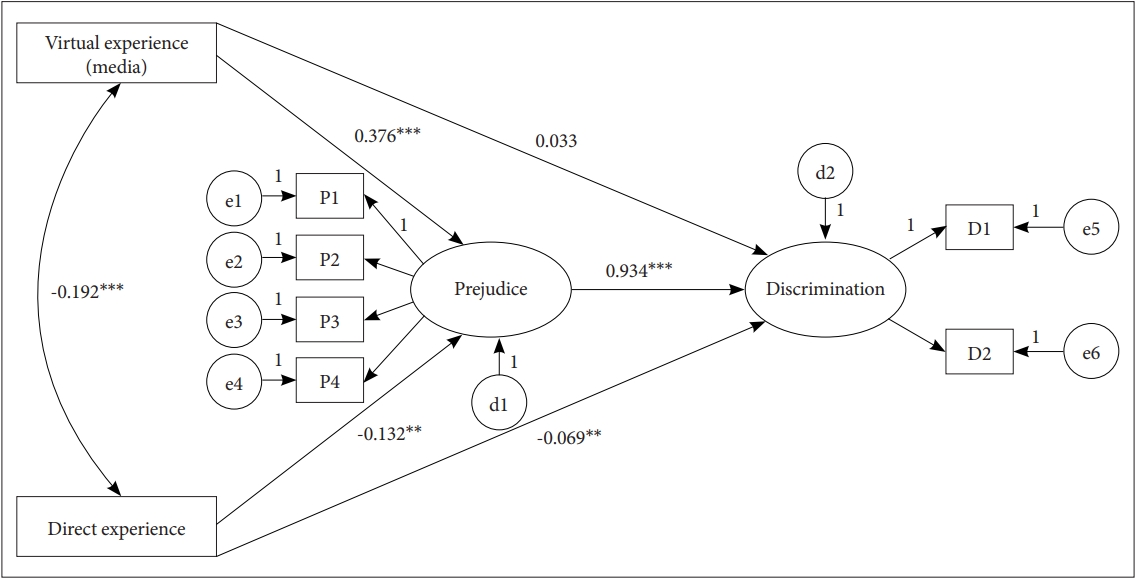 |
 |
- Search
| Psychiatry Investig > Volume 19(6); 2022 > Article |
|
Abstract
Objective
Methods
Results
Notes
Availability of Data and Material
The datasets generated or analyzed during the study are available from the corresponding author on reasonable request.
Conflicts of Interest
Sung-Wan Kim and Jong-Woo Paik, a contributing editor of the Psychiatry Investigation, was not involved in the editorial evaluation or decision to publish this article. All remaining authors have declared no conflicts of interest.
Author Contributions
Conceptualization: Ok Kyung Yang, Sung-Wan Kim, Yu-Ri Lee. Data curation: Jinhee Hyun, KiYeon Lee, Jong-Woo Paik, Yu-Ri Lee. Formal analysis: Yu-Ri Lee. Funding acquisition: Ok Kyung Yang. Investigation: Ok Kyung Yang, Jinhee Hyun. Methodology: Yu-Ri Lee, Sung-Wan Kim. Project administration: Ok Kyung Yang, KiYeon Lee, Yu-Ri Lee. Supervision: Ok Kyung Yang, Jong-Woo Paik. Writing—original draft: Ok Kyung Yang, Sung-Wan Kim, Yu-Ri Lee. Writing—review and editing: Yu-Ri Lee.
Funding Statement
This study was supported by the National Human Rights Commission of Korea [Grant No.: 11-1620000-000763-01].
Figure 1.

Table 1.
Table 2.
Table 3.
| B | β | SE | CR | |
|---|---|---|---|---|
| Path | ||||
| Virtual experience(media) → Prejudice | 0.244 | 0.376 | 0.027 | 9.135*** |
| Direct experience → Prejudice | -0.082 | -0.132 | 0.025 | -3.282** |
| Prejudice → Discrimination | 1.103 | 0.934 | 0.049 | 22.489*** |
| Virtual experience (media) → Discrimination | 0.025 | 0.033 | 0.021 | 1.224 |
| Direct experience → Discrimination | -0.051 | -0.069 | 0.018 | -2.776** |
| Gender → Virtual experience (media) | -0.059 | -0.016 | 0.083 | -0.711 |
| Gender → Direct experience | -0.052 | -0.032 | 0.075 | -0.693 |
| Gender → Prejudice | -0.117 | -0.084 | 0.089 | -1.314 |
| Gender → Discrimination | -0.097 | -0.065 | 0.073 | -1.328 |
| Age → Virtual experience (media) | 0.258 | 0.379 | 0.065 | 3.969** |
| Age → Direct experience | -0.045 | -0.018 | 0.063 | -0.714 |
| Age → Prejudice | 0.452 | 0.391 | 0.080 | 5.650*** |
| Age → Discrimination | 0.731 | 0.595 | 0.101 | 7.237*** |
| Marital status → Virtual experience (media) | -0.293 | -0.280 | 0.065 | -4.507*** |
| Marital status → Direct experience | -0.024 | -0.012 | 0.073 | -0.328 |
| Marital status → Prejudice | -0.695 | -0.583 | 0.092 | -7.554*** |
| Marital status → Discrimination | -0.891 | -0.678 | 0.098 | -9.091*** |
| Educational level → Virtual experience (media) | -0.380 | 0.392 | 0.071 | -5.352*** |
| Educational level → Direct experience | 0.119 | 0.090 | 0.077 | 1.544 |
| Educational level → Prejudice | -0.901 | 0.742 | 0.073 | -12.342*** |
| Educational level → Discrimination | -0.834 | 0.730 | 0.071 | -11.746*** |
| β | SE | 95% CI | p | |
| Mediating effect | ||||
| Imaginary experience (media)-Prejudice-Discrimination | 0.351 | 0.041 | 0.265, 0.427 | 0.003 |
| Direct experience-Prejudice-Discrimination | -0.123 | 0.038 | -0.202, -0.051 | 0.001 |
| χ2 | TLI | CFI | RMSEA | |
| Goodness of fit | 104.576 (p=0.000, df=56) | 0.977 | 0.988 | 0.058 |
REFERENCES







